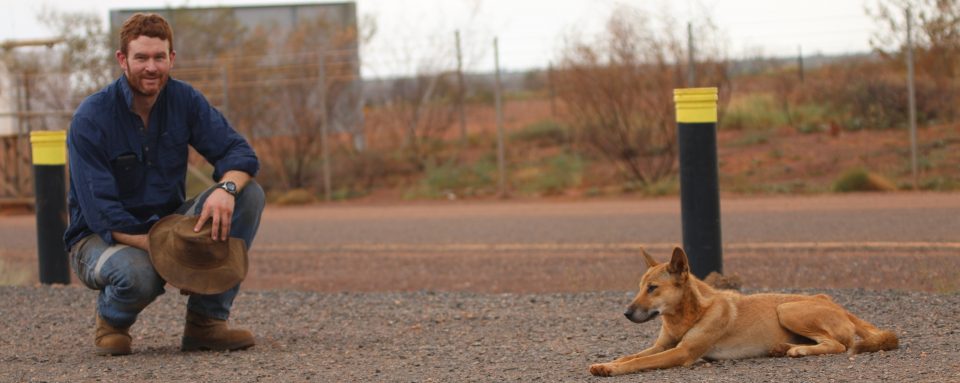In collaboration with more than 40 other scientist we published an opinion article in the journal BioScience calling for a coordinated global plan to prevent the world’s megafauna from extinction.
You can access a full copy of the paper HERE
A key part of the paper is the following declaration:
We conservation scientists
-
Acknowledge that most of the terrestrial megafauna species are threatened with extinction and have declining populations. Some megafauna species that are not globally threatened nonetheless face local extinctions or have Critically Endangered subspecies.
-
Appreciate that “business as usual” will result in the loss of many of the Earth’s most iconic species.
-
Understand that megafauna have ecological roles that directly and indirectly affect ecosystem processes and other species throughout the food web; failure to reverse megafaunal declines will disrupt species interactions, with negative consequences for ecosystem function; biological diversity; and the ecological, economic, and social services that these species provide.
-
Realize that megafauna are epitomized as a symbol of the wilderness, exemplifying the public’s engagement in nature, and that this is a driving force behind efforts to maintain the ecosystem services they can provide.
-
Recognize the importance of integrating and better aligning human development and biodiversity conservation needs through the engagement and support of local communities in developing countries.
-
Propose that funding agencies and scientists increase conservation research efforts in developing countries, where most threatened megafauna occur. Specifically, there is a need to increase the amount of research directed at finding solutions for the conservation of megafauna, especially for lesser-known species.
-
Request the help of individuals, governments, corporations, and nongovernmental organizations to stop practices that are harmful to these species and to actively engage in helping to reverse declines in megafauna.
-
Strive for increased awareness among the global public of the current megafauna crisis using traditional media as well as social media and other networking approaches.
-
Seek a new and comprehensive global commitment and framework for conserving megafauna. The international community should take necessary action to prevent mass extinction of the world’s megafauna and other species.
-
Urge the development of new funding mechanisms to transfer the current benefits accrued through the existence values of megafauna into tangible payments to support research, conservation actions, and local people who bear the cost of living with wildlife in the places where highly valued megafauna must be preserved.
-
Advocate for interdisciplinary scientific interchange between nations to improve the social and ecological understanding of the drivers of the decline of megafauna and to increase the capacity for megafauna science and conservation.
-
Recommend the reintroduction and rehabilitation, following accepted IUCN guidelines, of degraded megafauna populations whenever possible, the ecological and economic importance of which is evidenced by a growing number of success stories, from Yellowstone’s wolves (Canis lupus) and the Père David’s deer (Elaphurus davidianus) in China to the various megafauna species of Gorongosa National Park in Mozambique.
-
Affirm an abiding moral obligation to protect the Earth’s megafauna.
We hope the paper stimulates discussion and action to help save the world’s terrestrial megafauna from extinction.

Photo Credits: Elephant and hippopotamus (K. Everatt), rhinoceros (G. Kerley).
